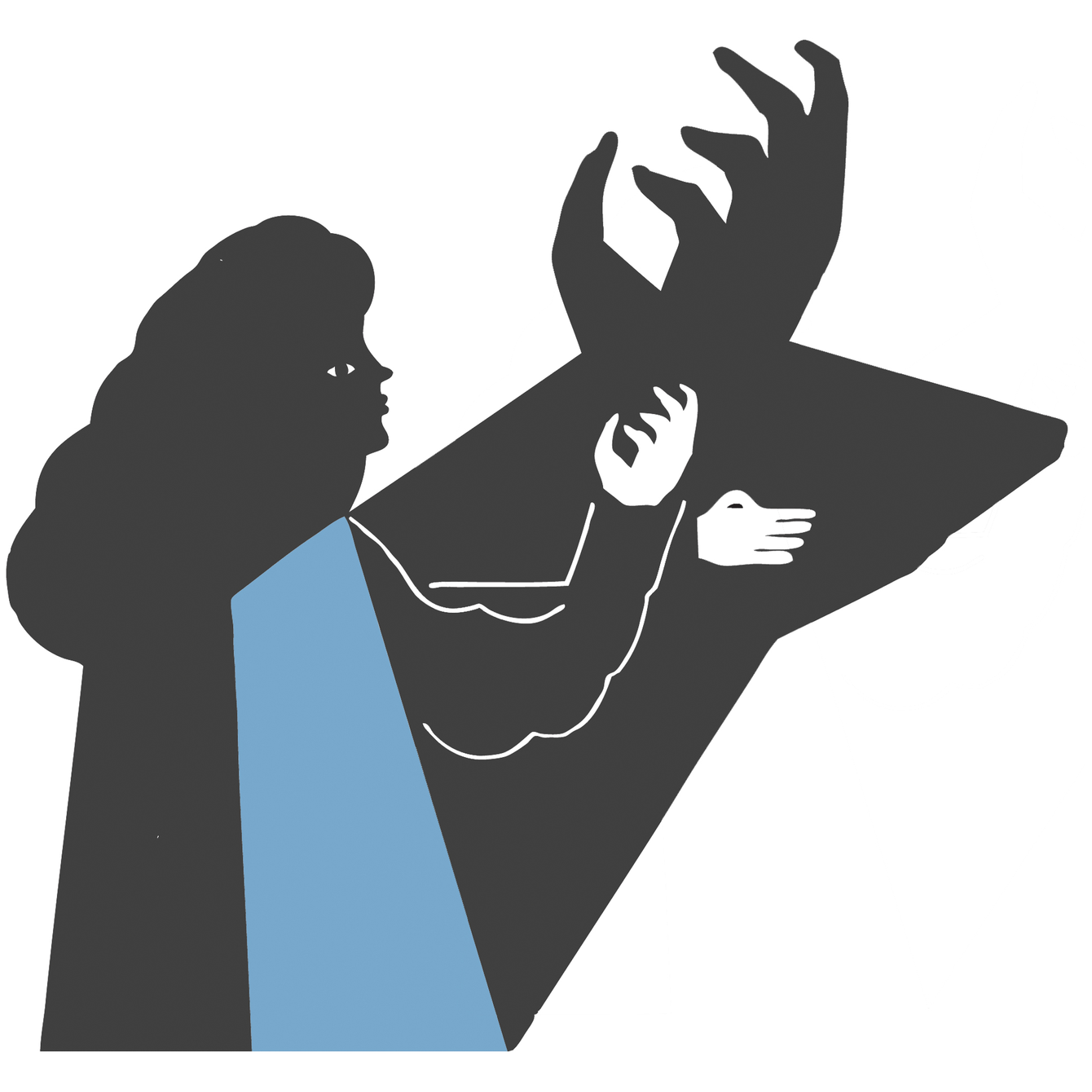...look it up in the dictionary and this is what you will find...
TARTAN [ ta-rtn ] noun
Have you ever wanted to know a wee bit more about tartan? Well then, please read on.......
Tartan patterns can be broadly categorised as - Family, District, Corporate, Commemorative.
You can see some examples below....
FAMILY – MacPherson tartan, as featured here on John's kilt!...

DISTRICT – Aberlour Bicentenary
Based on the Grant family tartan, this design has been created to commemorate the bicentenary of Aberlour. An example here from one of John's swatch cards...

CORPORATE – An Talla Tartan
Designed to celebrate the new Jacobite Cruises development at Dochgarroch on the banks of Loch Ness, Scotland. Swatch sample below....

COMMEMORATIVE – Johnstons of Elgin Bicentennial
Designed and produced for Johnston's 200th anniversary. Swatch sample below...

How are tartans designed?
The development of Tartan is a living history. New tartan patterns are being designed all the time and can be registered at The Scottish Register of Tartans
Tartan patterns are formed by a series of vertical (warp) threads laid out in a predetermined pattern or ‘sett’, crossed by horizontal (weft) threads, usually in the same pattern to form a symmetrical design. The selection of colours and sett are often based on existing Tartan Patterns. For example, one Tartan Sett can be made in different colourings; EG Dress, Hunting, Muted, Antique.
John (of Stag & Bruce), while working for Johnstons of Elgin, designed various ranges of tartan replacing the traditional tartan colours while using the original setts. Examples of this process are :-
Antique – imagining how the original colours made from vegetable dyestuffs would naturally have faded through time, as can be seen here in our Antique Buchanan swatch....

Natural – replacing original colours with different depths of natural shades from ecru to dark brown
Grey – replacing original colours with different depths of grey
Autumnal – using colours inspired by the rural, autumn scenes of Scotland.
Jacobite- changing the traditional colours to a rich palette of burgundy, petrol blue, forest green, and rich tans.
Heather- introducing mixture/melange shades to produce a more rustic look. Tartan meets Tweed!
So, all tartans are check patterns, but not all check patterns are tartans – why?
Check patterns can follow the same rules as tartan but do not necessarily have the affiliation to family names, districts or businesses. Exceptions to this would include Burberry, Daks, and Aquascutum etc.
